Policy Background: Bitcoin Becomes a National Strategic Asset
On March 6, 2025, President Trump signed an executive order establishing the Strategic Bitcoin Reserve (SBR) and the United States Digital Asset Stockpile (USDAS). This marks the first global policy explicitly integrating Bitcoin into a national reserve system, signaling cryptocurrencies’ formal entry into mainstream financial strategy.Under the order, the U.S. government will consolidate all Bitcoin (BTC) seized through criminal or civil forfeiture, holding it as “digital gold” indefinitely and prohibiting sales or casual disposal. Other seized digital assets (e.g., ETH, SOL) will also be managed under a unified reserve system. The core rationale is clear: by locking up scarce assets, the U.S. aims to strengthen its technological sovereignty in the global financial system.
Key Policy Clauses: A Breakdown
Creation and Management of the Bitcoin Reserve
Asset Sources: All government-held BTC (primarily from law enforcement seizures) will be transferred to a dedicated SBR account.Sales Ban: BTC in the reserve cannot be sold and may only be used for national strategic goals (e.g., stabilizing financial markets, hedging dollar risks).Expansion Strategy: The Treasury must explore zero-cost methods to acquire more BTC, potentially including fines or international cooperation. Compliance Handling of Other Digital AssetsNon-BTC Assets: ETH, SOL, etc., will enter the USDAS, allowing flexible management based on market conditions.Disposal Restrictions: Sales are prohibited unless for victim restitution, law enforcement, or legal mandates.Timelines and EnforcementWithin 30 Days: Agencies must report holdings and initiate asset transfers.Within 60 Days: The Treasury must submit a reserve management plan, including legal frameworks and legislative needs.
Market Impact: Short-Term Volatility vs. Long-Term Gains
Short-Term: Reduced Sell Pressure, Price SupportThe U.S. currently holds ~215,000 BTC (worth $15B+). Previously planned auctions could have flooded markets, but the sales ban permanently locks 5% of BTC’s circulating supply, boosting confidence. Post-announcement, BTC surged 8%, breaking $75,000.Long-Term: Accelerating Bitcoin’s “Nationalization”Sovereign Competition: Other nations may follow, racing to add BTC to reserves, cementing its role as “digital gold.”Regulatory Shift: Focus moves from cracking down to proactive management, paving the way for BTC ETF options and derivatives.Tech Sovereignty: By controlling core digital assets, the U.S. counters China’s digital yuan (CBDC) ambitions.Risks & Controversies:Centralization Paradox: BTC’s decentralization ethos clashes with state-controlled reserves.Legal Challenges: Critics argue the policy “violates free-market principles,” potentially triggering lawsuits.
Industry Response: How Are Institutions and Retail Adapting?
Demand surges for compliant custody (e.g., Coinbase, Kraken launch “government-grade” services).Long-term holding (HODL) gains traction; hedge funds accumulate BTC spot.Retail Traders:Monitor policy-driven volatility via JuCoin Spot Trading.BTC’s scarcity intensifies—dollar-cost averaging (DCA) emerges as a prudent strategy.
Future Outlook: A “Digital Bretton Woods” Moment?
Trump’s order could be a watershed in crypto history. If adopted globally, Bitcoin may evolve into a reserve currency, forming a “digital Bretton Woods system.” Meanwhile, the U.S. strategy (prioritizing BTC, cautious on others) may polarize markets—BTC as “safe haven,” ETH/SOL needing real-world utility to compete.For investors, this is both opportunity and test. Navigating policy and market shifts requires vigilance on compliance and innovation.



